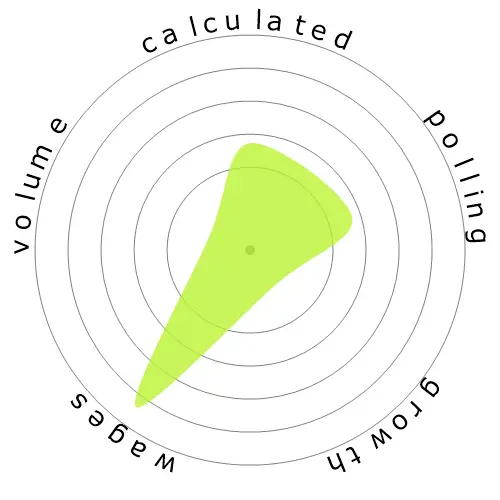Air Traffic Controllers




People also viewed
Calculated automation risk
Moderate Risk (41-60%): Occupations with a moderate risk of automation usually involve routine tasks but still require some human judgment and interaction.
More information on what this score is, and how it is calculated is available here.
User poll
Our visitors have voted they are unsure if this occupation will be automated. This assessment is further supported by the calculated automation risk level, which estimates 49% chance of automation.
What do you think the risk of automation is?
What is the likelihood that Air Traffic Controllers will be replaced by robots or artificial intelligence within the next 20 years?
Sentiment
The following graph is included wherever there is a substantial amount of votes to render meaningful data. These visual representations display user poll results over time, providing a significant indication of sentiment trends.
Sentiment over time (yearly)
Growth
The number of 'Air Traffic Controllers' job openings is expected to rise 2.9% by 2033
Total employment, and estimated job openings
Updated projections are due 09-2025.
Wages
In 2023, the median annual wage for 'Air Traffic Controllers' was $137,380, or $66 per hour
'Air Traffic Controllers' were paid 185.9% higher than the national median wage, which stood at $48,060
Wages over time
Volume
As of 2023 there were 22,310 people employed as 'Air Traffic Controllers' within the United States.
This represents around < 0.001% of the employed workforce across the country
Put another way, around 1 in 6 thousand people are employed as 'Air Traffic Controllers'.
Job description
Control air traffic on and within vicinity of airport, and movement of air traffic between altitude sectors and control centers, according to established procedures and policies. Authorize, regulate, and control commercial airline flights according to government or company regulations to expedite and ensure flight safety.
SOC Code: 53-2021.00


Comments
Leave a comment
Most likely, air traffic control will be almost entirely automated, with human controllers making the ultimate decisions in extreme situations. Aircraft will be almost entirely integrated with artificial intelligence, making them even safer and more efficient than ever before.
It's only a matter of time rather than possibility.
Leave a reply about this occupation